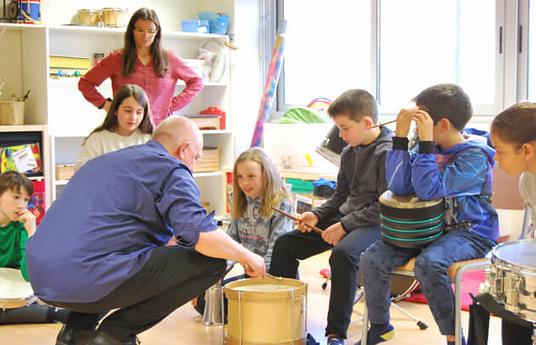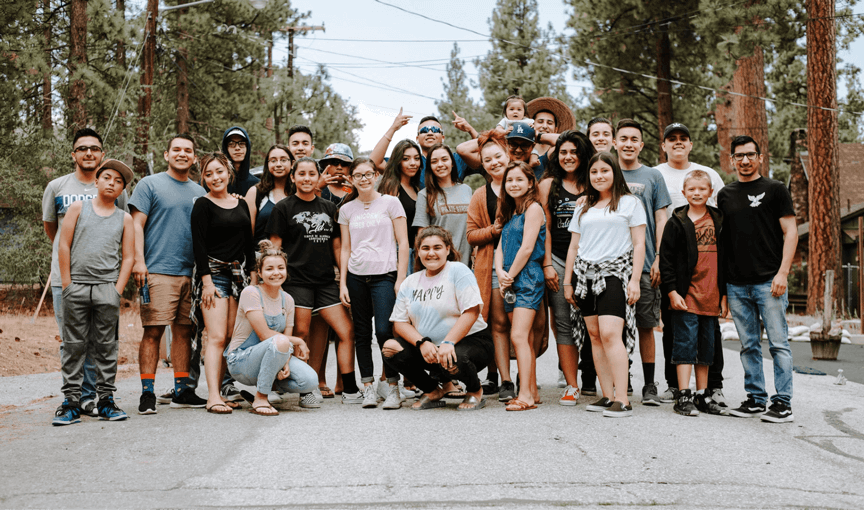Exposure to such chronic adversities can cause children to develop emotional and behavioural problems, mental health problems, delinquency and criminal offending. UNDP data suggests that nearly, 130 million children in India, under the age of 18 experience multidimensional poverty. Sampoorna seeks to break this inter-generational cycle by empowering children and their ecosystem with SEL skills
- We believe that a safe and enabling environment at school and home is critical for children to overcome the effects of extreme adversities. Through Sampoorna we are working with school-going adolescent children to equip them with skills to break the intergenerational cycle of perpetuating adversities.
- We aspire to bring a systemic change, by working with key stakeholders in a child’s learning ecosystem i.e. teachers, principals, parents and officials at all levels of the education system. They are informed and trained on SEL competencies such as empathy, self-awareness, and responsible decision, allowing them to imbibe its essence and reflect in all areas of their lives.
- As a collaborative, Sampoorna follows a multi-pronged approach to disseminate SEL competencies, with partners simultaneously leading work on curriculum development and training, in-school demonstration, government engagement and advocacy.
Sampoorna started its implementation with 60 government residential schools in 2019, it has expanded to 121 schools in 2021. In the next 2 years, the program is set to expand to another 325 schools in the state of Jharkhand.
The project has been instrumental in building the system's capacities to ensure sustainability and institutionalising SEL into state systems such as the inclusion of SEL modules in teacher training programs and has been critical in bringing whole child development (WCD) to the forefront of the dialogue on education in the state.
In the next 2-3 years, we aim to demonstrate the evidence of SEL and wish to contextualise and replicate the project in other states of India.
Identifying relevant partners and enabling them to work in cohesion to build strong collaborative is critical to replicating Sampoorna. Concurrently, understanding and contextualising our project design to one’s local situation is also imperative to see visible impact.

